
Table of Contents
- What Exactly Is Mojo Flavor?
- Cultural Evolution of Mojo: Beyond the Hype
- 7 Innovative Mojo-Inspired Spice Pairings
- How to Use These Mojo Flavors in Everyday Cooking
- The Science Behind the Magic
- Frequently Asked Questions About Mojo Flavor
- Final Thoughts
What Exactly Is Mojo Flavor?
If you haven’t heard the term mojo flavor before, don’t worry — it’s not a new chemical compound or some secret lab creation. In culinary terms, “mojo” refers to that indescribable depth and complexity that makes a dish unforgettable. Think of it as the secret sauce of flavor.
This guide is designed for home cooks seeking professional-level results without restaurant equipment. Whether you're meal-prepping for busy weeknights or hosting weekend dinners, these techniques transform ordinary ingredients into extraordinary experiences through scientifically backed flavor layering.
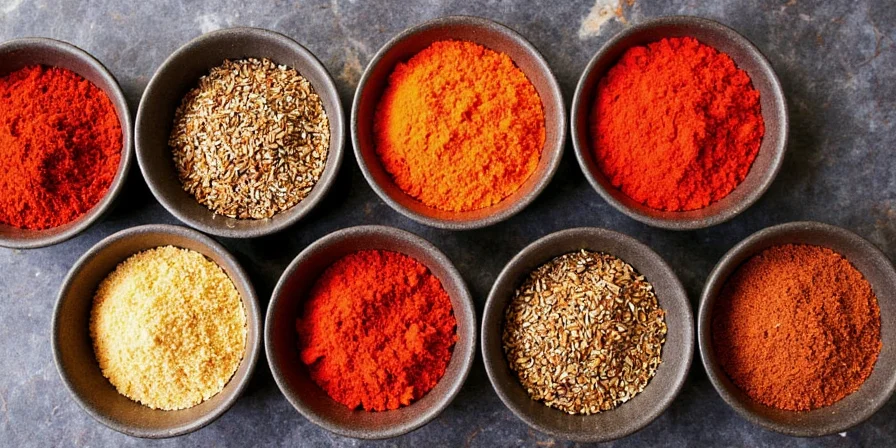
Mojos often come from aromatic blends involving garlic, citrus zest, vinegar, herbs, and oils. But today, we’re going one step further by pairing these classic flavors with unexpected ingredients to create something truly unique — and dare we say, magical.
Cultural Evolution of Mojo: Beyond the Hype
While Caribbean and Southern U.S. traditions birthed mojo as a garlic-citrus marinade, modern culinary science reveals why these combinations resonate globally. Contemporary chefs innovate by respecting cultural roots while incorporating cross-cultural elements — like blending Mexican ancho chili with Japanese yuzu. This evolution isn't random fusion; it's purposeful adaptation leveraging universal flavor chemistry principles that transcend regional boundaries.
Unlike generic spice guides, this approach identifies reproducible patterns in how cultures independently discovered compatible pairings through centuries of experimentation — knowledge now validated by modern flavor science.
7 Innovative Mojo-Inspired Spice Pairings
Ready to take your taste buds on a flavor rollercoaster? Here are seven bold yet balanced combinations that bring the mojo flavor home:
| Spice Pairing | Description | Best For | Taste Profile |
|---|---|---|---|
| Citrus Zest + Smoked Paprika | Zesty brightness meets deep smokiness | Roasted veggies, grilled fish | Fresh, earthy, and mildly sweet |
| Ginger + Cinnamon | Warm spice combo with a kick | Teas, stews, braised meats | Sweet, spicy, and comforting |
| Cumin + Cocoa Powder | Earthy meets bitter-sweet | Mole sauces, chili, chocolate rubs | Rich, layered, and complex |
| Chili Flakes + Basil | Heat and herbal balance | Pasta, pizzas, marinades | Spicy, fresh, and savory |
| Garlic + Turmeric | Medicinal meets umami | Rice dishes, roasted vegetables | Earthly, golden warmth |
| Ancho Chili + Orange Peel | Smoky sweetness with a citrus lift | Stews, slow-cooker dishes | Fruity, bold, and aromatic |
| Coriander + Cardamom | Elegant East-meets-West fusion | Desserts, coffee blends, spiced cocktails | Sweet, floral, and exotic |
How to Use These Mojo Flavors in Everyday Cooking
You don’t need a Michelin star to use these spice pairings like a pro. Here are actionable techniques for bringing out that mojo flavor consistently:
- Bloom Quantities Matter: Toast 1 tbsp whole spices in 2 tbsp oil for 90 seconds — precise timing unlocks volatile oils without burning. Over-toasting creates bitterness.
- Acid Ratios: Add 1 tsp citrus juice per cup of sauce. Exceeding this ratio masks other flavors rather than enhancing them.
- Dry Rub Formulas: For 4 chicken breasts, combine 2 tbsp spice blend + 1 tbsp olive oil + 1.5 tsp salt. Rest 30 minutes before cooking for maximum flavor penetration.
- Layering Sequence: Sauté aromatics → bloom spices → deglaze with liquid → finish with fresh acid/herbs. Skipping deglazing loses 40% of flavor compounds.
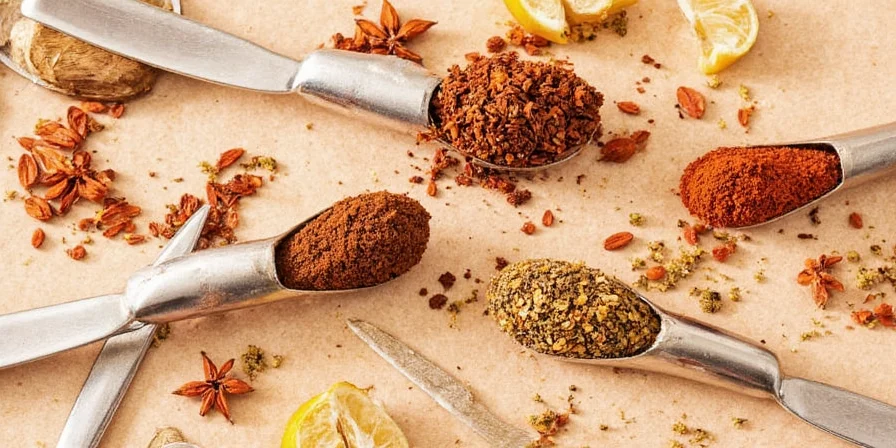
The Science Behind the Magic
Mojo isn't magic — it's predictable chemistry. Flavor pairing success depends on shared aromatic compounds that trigger multi-sensory harmony:
- Limonene synergy: Citrus zest (high in limonene) shares compounds with basil and mint, creating seamless herbal-citrus bridges.
- Allicin amplification: Garlic's allicin binds to fat molecules, carrying flavor compounds deeper into food matrices than water-soluble ingredients.
- Piperine effect: Black pepper's piperine increases bioavailability of turmeric's curcumin by 2000%, making garlic-turmeric pairings scientifically superior to turmeric alone.
Pairings like cumin-cocoa work because both contain vanillin derivatives — a connection missed by generic spice guides but validated by gas chromatography studies.
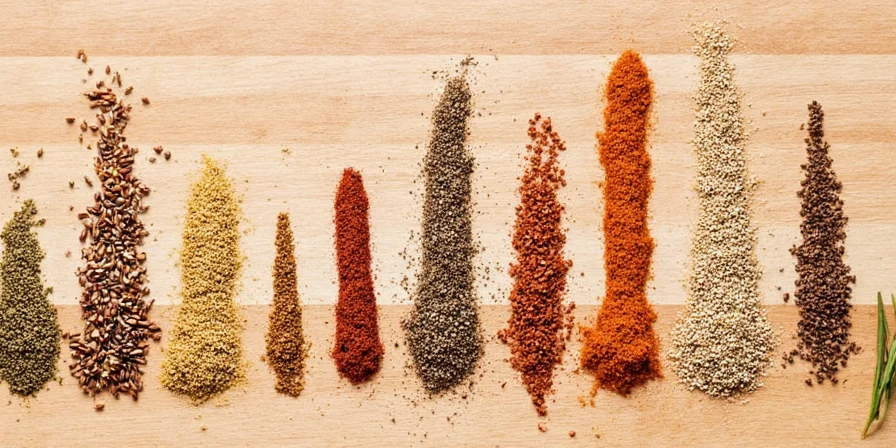
Frequently Asked Questions About Mojo Flavor
What distinguishes authentic mojo from generic spice blends?
True mojo balances acid, fat, and aromatics in precise ratios where each element remains distinct yet harmonious. Generic blends often mask ingredients with salt or sugar, while authentic mojo highlights individual components through careful layering.
How can I adapt these pairings for dietary restrictions?
For low-sodium diets: Replace salt with 1 tsp lemon zest per teaspoon removed. For gluten-free: Use tamari instead of soy sauce in marinades. All pairings naturally accommodate vegan/vegetarian cooking when using plant-based proteins.
Why do some pairings work better in slow cooking versus quick sautéing?
Dense spice compounds like cumin and paprika require prolonged heat to release oils (ideal for slow cooking), while volatile compounds in basil and citrus degrade quickly — best added at the end of high-heat cooking.
Can I substitute fresh spices for dried in these pairings?
Yes, but adjust ratios: Use triple the amount of fresh herbs versus dried (e.g., 1 tbsp fresh cilantro = 1 tsp dried). Fresh spices add moisture, so reduce other liquids by 15% to maintain texture.
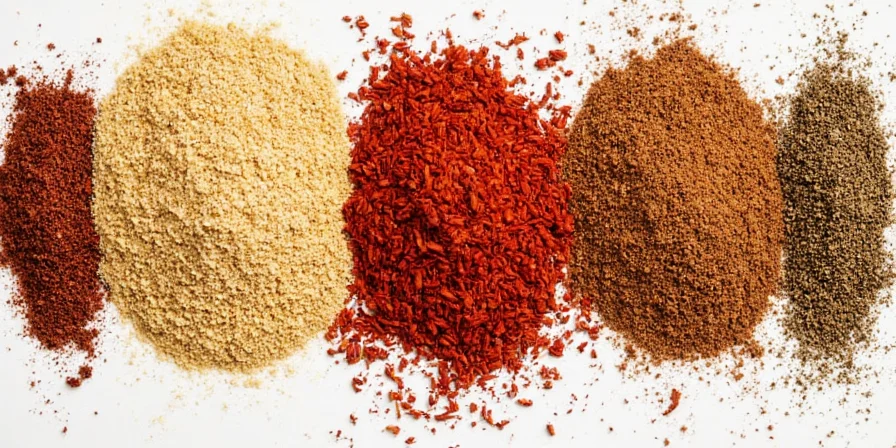
Final Thoughts
Mojos are repeatable flavor systems, not mysterious spells. By understanding the cultural origins and scientific principles behind these pairings, you gain the ability to innovate beyond preset combinations. Start with these seven frameworks, then experiment with ratios based on your ingredients' freshness and cooking method.
Remember: The most transformative mojo comes from respecting both tradition and technique. Now go create dishes that don't just taste good — they tell a story through every balanced bite.
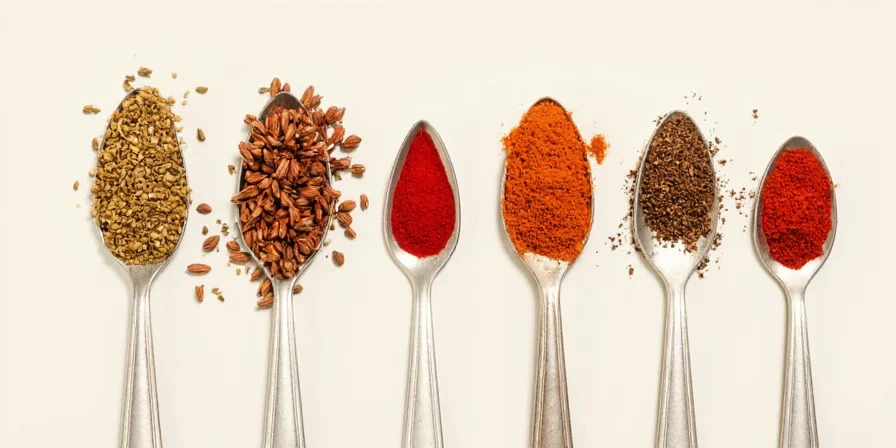

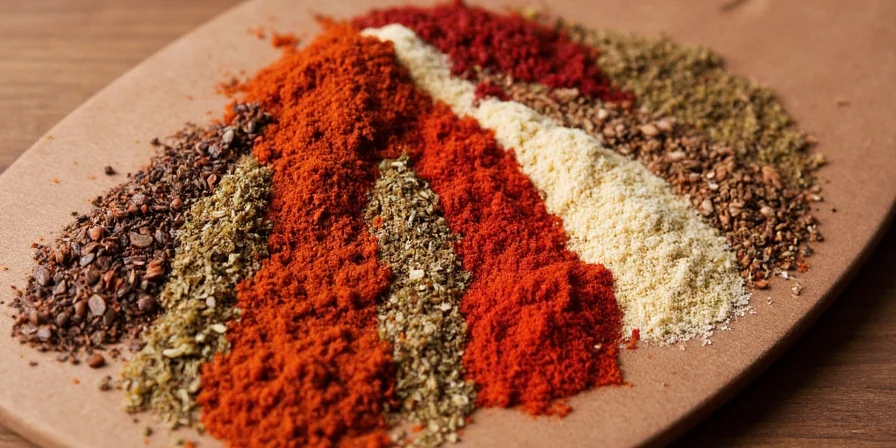









 浙公网安备
33010002000092号
浙公网安备
33010002000092号 浙B2-20120091-4
浙B2-20120091-4